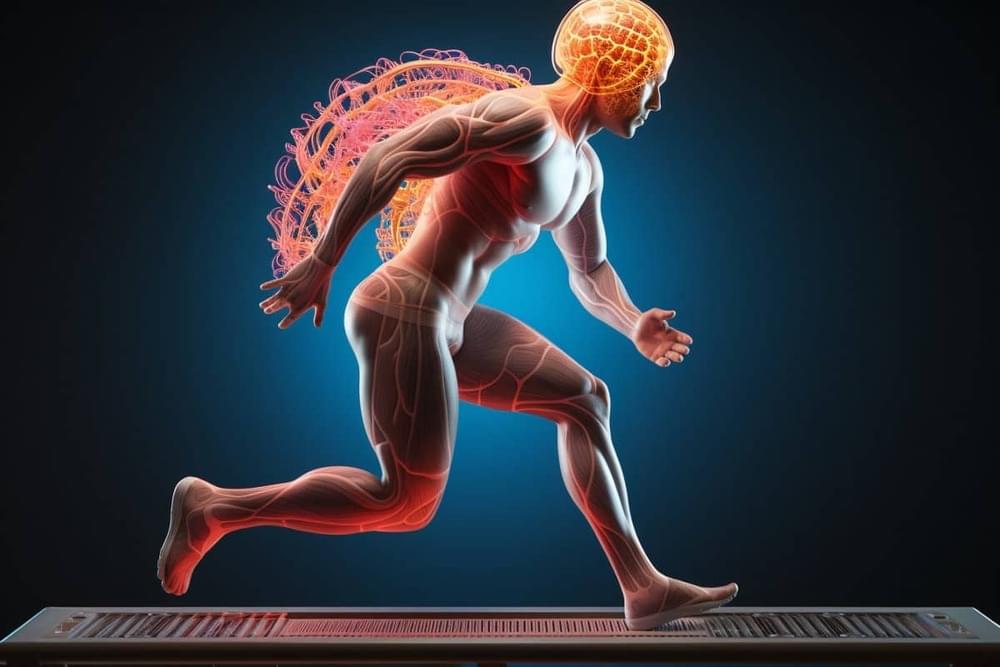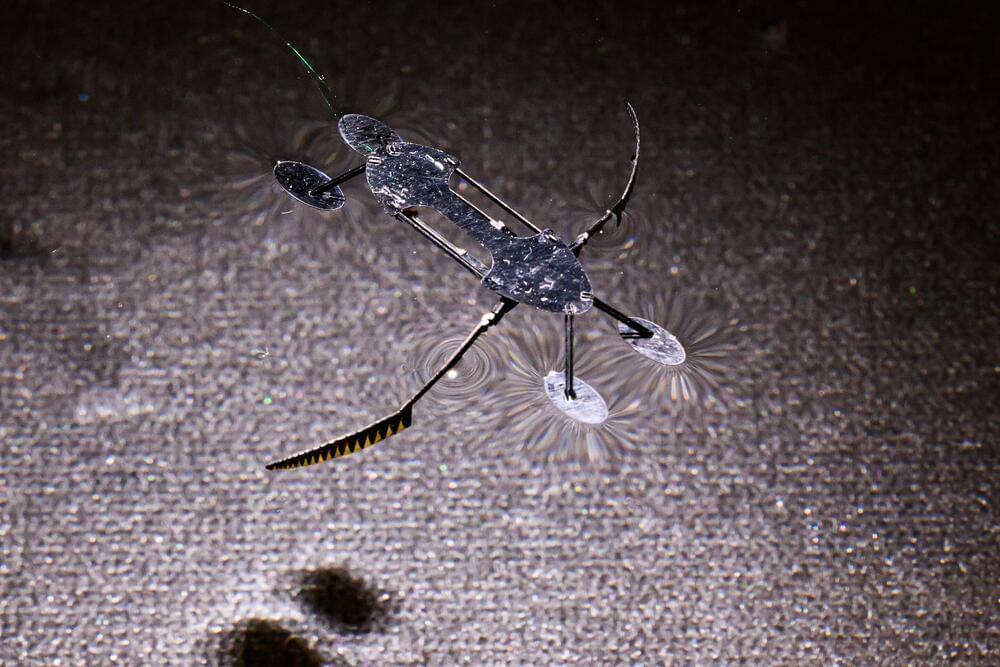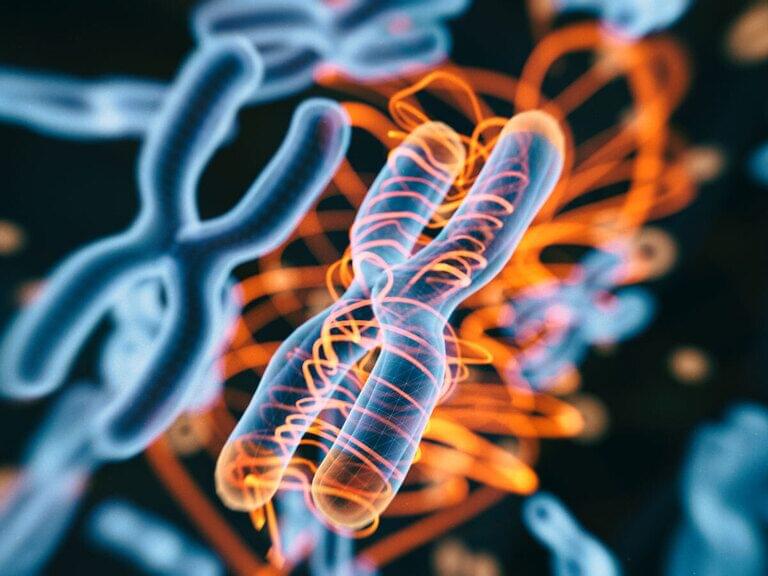Summary: Physical activity enhances the ability to learn and remember motor skills. The new research involved 67 young men and explored how exercise before and after motor skill learning impacts memory retention.
The study found that exercising both before and after learning optimizes memory formation, with a notable 10% improvement in remembering motor skills. This research is significant for various fields, from rehabilitation to skill training, demonstrating that incorporating physical activity can enhance learning effectiveness.









